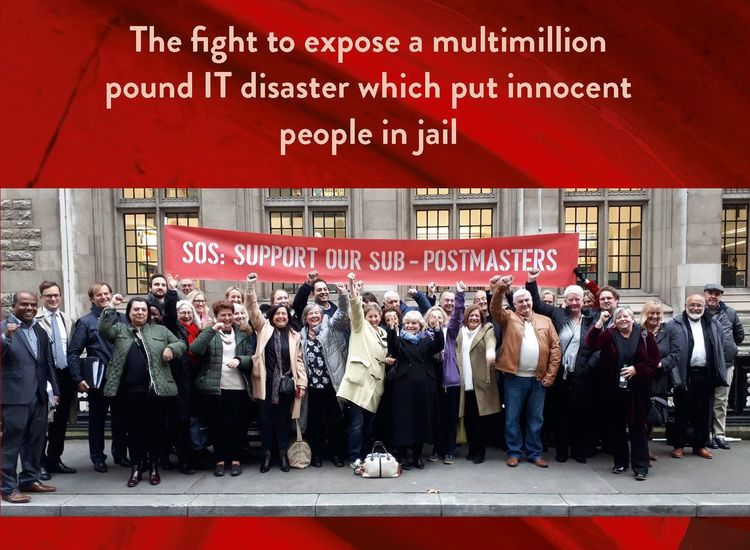By Peter McDermott
During his first spring in the White House, Richard Nixon read with interest an article written by journalist Pete Hamill. He then had Xeroxed copies of “The Revolt of the White Lower Middle Class” made for all Cabinet members.
The Irish-American newspaperman had been a friend and supporter of the late Senator Robert Kennedy and was therefore an unlikely information source for the president. But key aides had recommended his long piece in New York magazine in April 1969. Hamill fretted about the increasing “alienation and paranoia” among the people he’d grown up with, and it was there that the president’s men saw opportunity.
Said author Joan Walsh, a New York Irish Catholic and liberal Democrat of a later generation: “[Speechwriter] Pat Buchanan and [electoral strategist] Kevin Phillips and other people around Nixon had been telling him about white, working-class anger and telling him that there was an opening with my people, but they didn't really have evidence. They could point to vague rumblings. I think that Pete's article really crystallized it and he brought the voices of these people who were feeling very abandoned by government.
“It's an incredibly vivid and painful piece,” said Walsh, who has worked at Salon.com for 14 years, five of them as editor-in-chief, “but it makes clear that they feel like government has abandoned them for minorities and that their lives are getting worse, which they were.”
Walsh’s just-published “What’s the Matter with White People?” focuses on the unraveling of the New Deal coalition, North and South; the question in the title is addressed in part to Democratic Party strategists, whom she believes haven’t done enough to win back the voters they’ve lost over the years, some of her relatives among them.
One section of the book is entitled: “Fact-Checking a Fractured Irish Fairy Tale.” Her father, the son of Irish immigrants and a former Christian Brother, only got more liberal with age; he despised Nixon, while his wife, a one-time Kennedy Democrat, liked him and probably cast her last presidential vote in his favor. (She died of cancer in early 1976, when Joan, the eldest of her three children, was 17.)
“What’s the Matter with White People?” is at once a heartfelt Irish-American memoir and a compelling account of U.S. electoral politics over the past five decades or so.
The Hard Hat Riot of May 1970 is a key event in the narrative, because it seemed to confirm for Republican leaders what Hamill had been describing. The episode began when New York City Mayor John Lindsay ordered flags to be flown at half-mast after the killing of four students and the wounding of nine more by Ohio Army National Guardsmen at Kent State University.
A thousand New York students gathered at Federal Hall to protest the deaths, and the invasion of Cambodia, at Federal Hall. Peter Brennan, head of the Building Trades Council, organized a counter demonstration of a few hundred workers. Many of the workers attacked the young war protesters, in many cases using their hard hats, while the police stood by. John Patrick Walsh, the father to whom the book is dedicated, was horrified as he watched it unfold; he also believed his steamfitter brother was a participant.
Brennan was appointed secretary for labor after Nixon won re-election, by which time the Republican Lindsay had switched to the Democratic Party. The two men personified the realignments that would take place in the Northeastern states over the next few decades. The moderate wing of the Republican Party disappeared. And in its absence, upwardly mobile whites voted Democratic; meanwhile, many blue-collar and lower-middle-class voters moved to the right. It happened, for instance, on the maternal side of the author’s family: two college-educated uncles stayed loyal Irish Catholic Democrats, while those who hadn’t gone to college eventually became Republican.
For Walsh, though, Lindsay was part of the problem – representing, as he did, the silk-stocking, blue-blooded Protestant elite. “Even his admirers feel he didn't have an innate sympathy with the white working class,” she said.
In contrast, Kennedy had had some political capital with white workers. “Bobby was not a miracle worker. Bobby couldn't make those angry people less angry,” Walsh said, “but he still had a pull with them, as well as great sympathy and support among African Americans.
“But even Bobby was saying: ‘we might have to give up on the unions because they're too pro-war and anti-civil rights,’” she added.
Daniel Patrick Moynihan wrote to him, Walsh said: “Bobby, don't turn your back on your people.”
The breach did come to pass in 1972: big labor preferred neutrality to backing RFK’s anointed successor, Senator George McGovern.
Kennedy’s friend Hamill had no real answers writing the year after his death, other than listening.
Walsh believes, fundamentally, that that was and is the correct approach. The Democrats, she said, might have heard more clearly that there was a “misperception about who is getting help and how much help they're getting.”
She added that the party “didn't spend that much time helping them, and the government did spend a lot more time making rich people rich no matter who is in power.”
But Walsh, who is also a MSNBC commentator, allowed that some might be long past listening; and conservatives produce conservative children. “It’s hard to reach back and grab them,” she said.
Walsh built a career in San Francisco, married a Jewish husband and gave birth to a daughter, Nora, who is now a college student. In her early teens, Nora Walsh DeVries persuaded her divorced parents to let her go to a Christian Brothers-run high school, unaware that her late grandfather had been a member of the order from age 13 through his 20s. She loved, her mother reported, the “warm communal atmosphere of the big school, known for its sports teams and strong scholarship program that powered its comparative racial and economic diversity.”
Through the years, Walsh maintained ties to aunts, uncles and cousins back East, many of them Republicans. The two coasts, however, avoided political discussions for the most part.
In any case, a wall of distortion and invention has been erected: Fox News. The old networks had brought America the news about the struggles over civil rights and reported that the war was going badly, and simply by doing so appeared biased to some. Along with big media, the right lumped in, without evidence, the universities as leftist bastions. It then set about building think tanks and its own media outlets. The Democratic Party, she believes, has struggled badly to keep up.
The casualty of all of this for Walsh is the national ability to agree on a set of political facts. “There's nothing worse than Fox News, I'm sorry,” she said. “They have a parallel set of facts.”
MSNBC is partisan, but Walsh labeled as “ignorant” putting it on the same level as Fox News.
Fox boss Roger Ailes, who rebranded Nixon in the late 1960s, is the difference, because “he runs the Republican Party.” She added: “Trust me: there's nobody sitting around MSNBC like Roger Ailes thinking about how to help the Democratic Party and how to settle scores between different factions of the Democratic Party.”
Walsh, who’d been taught to debate by her father, took on Bill O’Reilly, a favorite of many of her relatives, after the killing of Dr. George Tiller, an abortion provider in Kansas. “Tiller the Baby Killer” had been a target of O’Reilly’s for four years.
O’Reilly, though an “angry bully” who badgered her with lines like “Stop talking, Ms. Walsh,” didn’t shorten the segment, as she’d expected. However, he mercilessly mocked her for days after her appearance.
Her performance on “The O’Reilly Factor” made her a progressive hero, but she found the whole experience traumatic. She writes in her book that she got “thousands of emails and letters to Salon, many of them calling me a murderer and telling me they wished my mother had aborted me or that my daughter had been forcibly aborted, in vivid, disturbing detail.”
But Walsh is generally a hopeful liberal. She noted that some Fox campaigns -- especially one that targeted President Obama over a speech he gave before his election -- have fallen flat of late.
And she believes that Republican strategies "to racialize poverty, to racialize government, to racialize welfare are becoming less effective."
“What’s the Matter with White People? Why We Long for A Golden Age That Never Was” is published in hardcover by Wiley.









